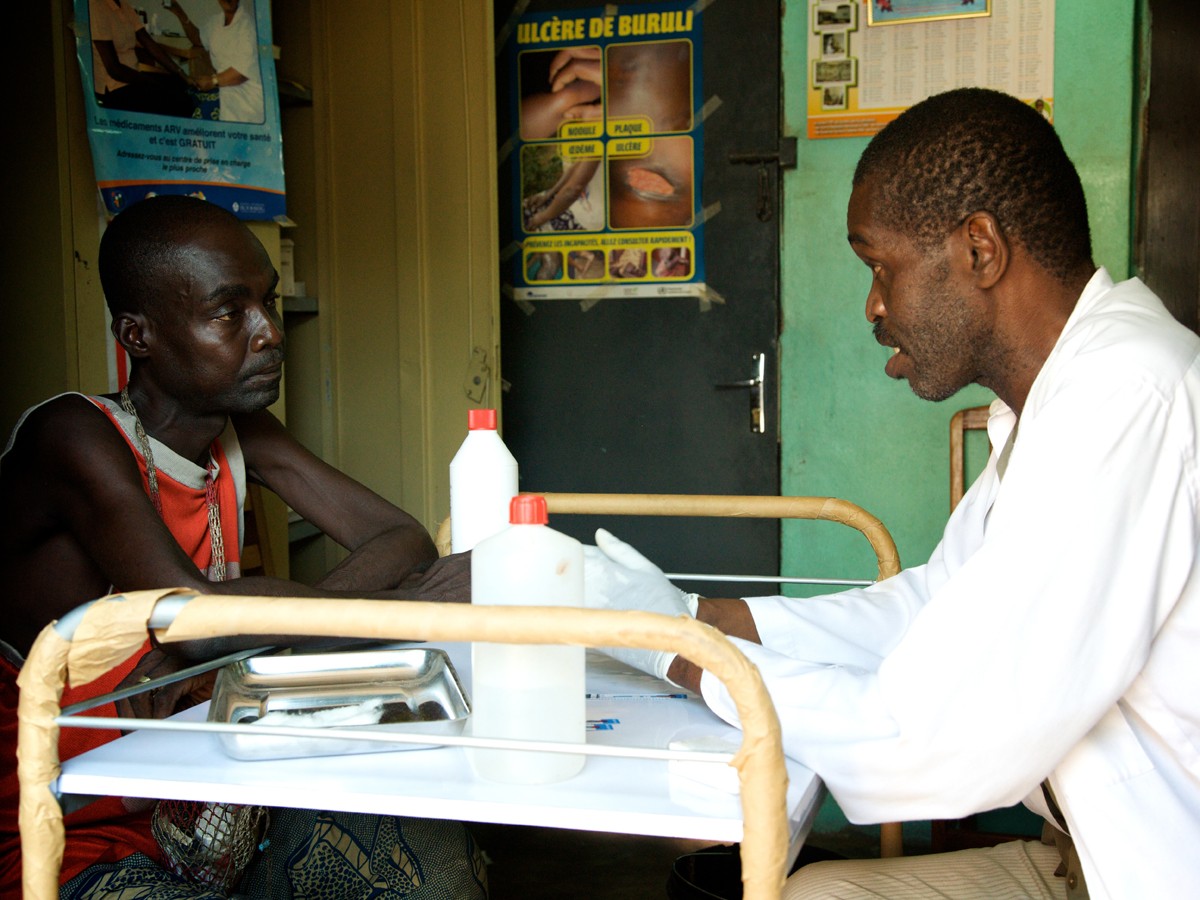Ronit A, Hatleberg CI, Ryom L, Bonnet F, El-Sadr W, Reiss P, Weber R, Pradier C, De Wit S, Law M, d’Arminio Monforte A, Lundgren J, Mocroft A, Phillips AN, Sabin CA; D:A:D Study Group. AIDS. 2018 Aug 24;32(13):1837-1848. doi: 10.1097/QAD.0000000000001900.
OBJECTIVE:
Lower serum albumin (sAlb) has been associated with an increased risk of mortality and AIDS among people living with HIV and may be associated with the development of serious non-AIDS events (SNAEs). We evaluated the long-term association between sAlb and the risk of SNAEs.
DESIGN:
Prospective multinational cohort study.
METHODS:
D:A:D participants without SNAEs were followed from first routine sAlb value to the first of a new SNAE [cardiovascular disease (CVD), end-stage liver disease (ESLD), end-stage renal disease (ESRD), non-AIDS malignancy (NADM), death from non-AIDS cause], AIDS-death, 6 months after last visit or 01/02/2016. Poisson regression was used to determine associations between sAlb and a new i) SNAE, ii) CVD or iii) NADM event, with adjustment for potential confounders. Models additionally tested whether the associations were modified by age, follow-up time, smoking status, CD4 and viral load.
RESULTS:
Of 16,350 participants (71.8% male, median age 44 years) 1,463 developed a SNAE (371 CVD, 200 ESLD, 40 ESRD, 553 NADM, 299 deaths from other non-AIDS causes) over 80,264 person-years. Increased sAlb was associated with a decreased risk of an SNAE (adjusted rate ratio (aRR) per 5 g/L: SNAE 0.79 [95%CI: 0.76, 0.83]; CVD 0.87 [0.80, 0.94]; NADM 0.88 [0.82, 0.95]). The association did not appear to wane with additional years of follow-up (p-interaction = 0.79) but was stronger for current smokers than for never smokers (p-interaction<0.01).
CONCLUSIONS:
sAlb is a durable risk factor for SNAE. Future studies are needed to determine the mechanism underlying this association and to evaluate the value of sAlb in predictive tools.









